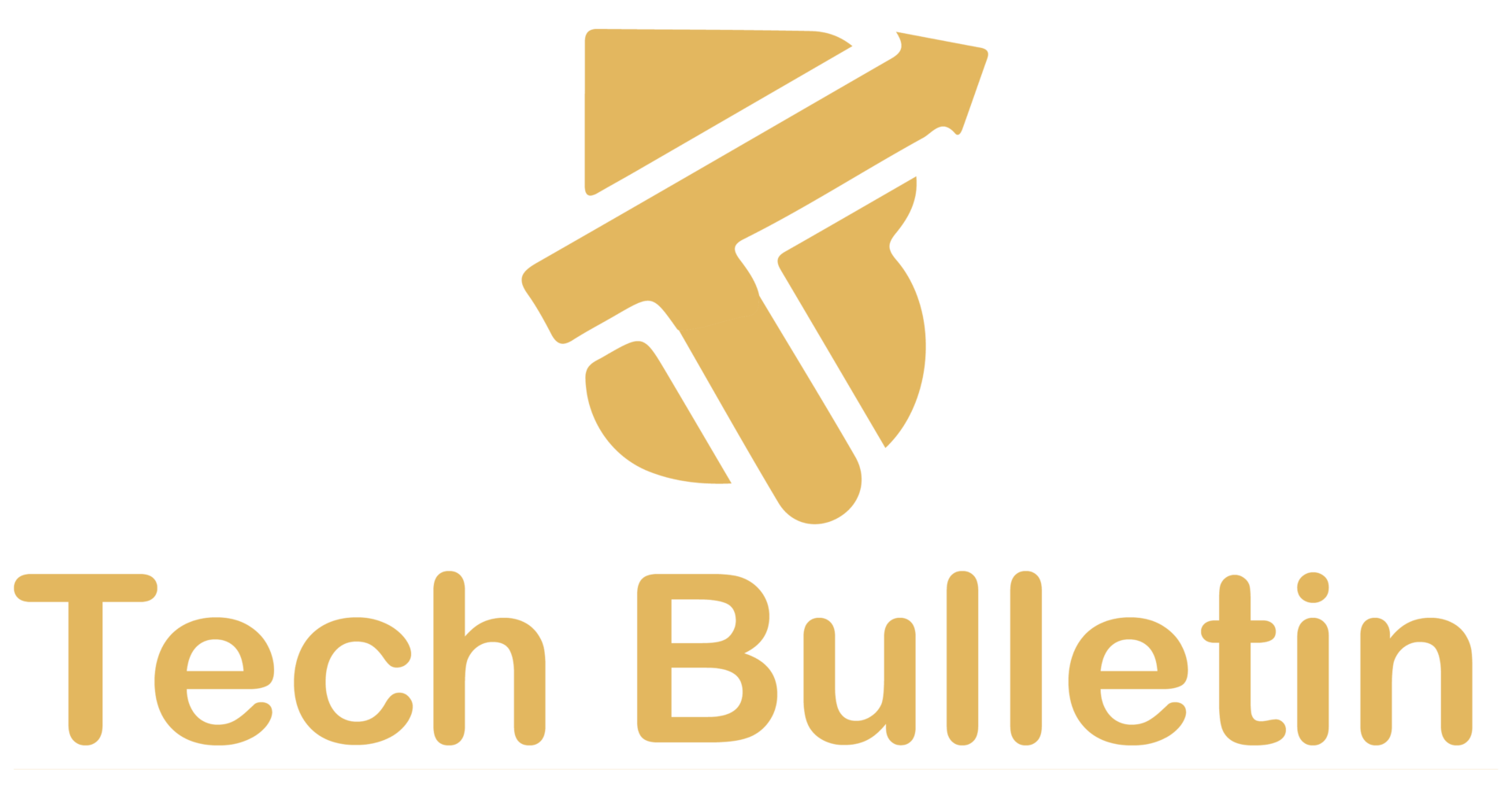How a Vendor Suite Can Streamline Procurement in Healthcare
Procurement in the healthcare sector isn’t just about buying supplies. It’s about making sure the right surgical equipment, pharmaceuticals, personal protective equipment, and essential medical tools arrive exactly when needed. One missing or late-delivered item can mean the difference between life and death. That’s why procurement in healthcare is under immense pressure to be fast, accurate, and compliant. But with so many moving parts, vendors, regulations, systems, and manual workflows, many healthcare organizations find themselves overwhelmed.
Key Features of a Healthcare-Focused Vendor Suite
So, what exactly makes a vendor suite ideal for healthcare procurement? It’s the combination of features designed specifically to address the pain points of hospitals and clinics. Let’s break it down.
1- Centralized Vendor Management
Gone are the days of managing vendor information across spreadsheets and email threads. A vendor suite offers a centralized database where all vendor profiles, contracts, and documentation are stored. This ensures that procurement staff always have access to the most current and accurate information. It also makes switching vendors easier when performance or compliance becomes an issue.
2- Real-Time Data and Analytics
Timely decision-making is critical in healthcare. A vendor suite provides real-time data on inventory levels, order statuses, delivery timelines, and spending trends. This data helps procurement teams forecast needs, identify inefficiencies, and make informed purchasing decisions. Instead of reactive procurement, hospitals can plan proactively.
3- Automated Compliance and Credentialing
Healthcare vendors need to meet strict regulatory and safety standards. A modern vendor suite designed for healthcare can integrate seamlessly with systems that support procurement automation in healthcare, reducing delays, waste, and manual errors. It automates compliance checks, flags expired certifications, and ensures that only approved vendors are engaged. This drastically cuts down the administrative load and minimizes the risk of non-compliance.
Together, these features create a system that’s not only smart but indispensable. Procurement teams become faster, more accurate, and more confident in their purchasing decisions.
Procurement Automation in Healthcare
Procurement automation in healthcare involves using software to handle repetitive, rule-based tasks. These include order creation, vendor comparison, compliance verification, and invoice generation. By automating these processes, organizations save time, cut costs, and reduce human error.
Real-world examples further demonstrate the power of automation. Hospitals that implemented automated procurement systems reported reductions in supply costs by up to 15 percent and order processing times dropping by 70 percent. Even better, staff previously bogged down with manual tasks were able to redirect their efforts toward more strategic initiatives.
Automation also strengthens vendor accountability. Every transaction, communication, and document is logged and auditable. Procurement managers can easily review performance metrics, identify issues, and take corrective action quickly.
Seamless Integration with Existing Healthcare Systems
One of the biggest concerns when introducing new software into a hospital is compatibility. Will it work with our electronic health records? Can it share data with our financial systems? Will it complicate things for our staff?
The beauty of a well-designed vendor suite is its ability to integrate seamlessly with existing systems. Whether it’s EHR platforms, ERP tools, or inventory management systems, the vendor suite acts as a bridge, not a barrier. This integration ensures that procurement decisions are informed by real-time clinical and financial data.
Compatibility also fosters collaboration. With interconnected systems, departments can share procurement-related information easily. For example, the clinical team can input supply requirements directly into the system, which the procurement team can instantly view and act upon. No more miscommunication, no more redundant orders.
Inventory Management Improvements Through Vendor Suites
Inventory management is a critical part of healthcare procurement, yet it’s often where many hospitals struggle the most. Overstocking leads to wasted resources and expired products. Understocking can disrupt care and put patients at risk. Striking the right balance is hard, especially when you’re working with outdated systems or disconnected processes.
One standout feature is the suite’s ability to forecast demand based on historical data and usage patterns. For instance, if a hospital sees a seasonal increase in flu-related admissions, the system can proactively recommend increasing stock levels of related medications and supplies. This predictive capability helps eliminate the guesswork and allows for strategic inventory planning.
Enhancing Vendor Relationships and Performance Tracking
Strong relationships with vendors are essential for consistent, high-quality healthcare supply chains. However, managing multiple vendors across different departments without a unified system leads to communication gaps, missed deadlines, and poor accountability. A vendor suite turns this fragmented process into a coordinated, transparent relationship management system.
By centralizing all vendor interactions, healthcare organizations can maintain consistent communication channels, track performance metrics, and quickly resolve issues. The suite logs every order, delivery, invoice, and feedback entry, giving procurement teams a clear view of vendor reliability and responsiveness. This helps in identifying top-performing suppliers and addressing issues with underperforming ones before they escalate.
Financial Benefits and Cost Reduction
Cost control is a constant challenge in healthcare. Every dollar saved in procurement is a dollar that can be redirected toward patient care, technology upgrades, or staff development. A vendor suite contributes significantly to this by cutting waste, improving vendor pricing negotiations, and preventing costly procurement errors.
Automated workflows also eliminate costly delays and errors. Manual data entry mistakes, double orders, and missed compliance checks can all lead to wasted spend. By automating these processes, a vendor suite reduces human error and ensures that every transaction follows standardized procedures.
Payment processing is another area of improvement. The suite can integrate with financial systems to automate invoicing and payment workflows. This speeds up payment cycles, reduces the need for paper invoicing, and helps avoid late fees or missed discounts for early payments.
Some suites even support analytics for contract management. They track contract terms, renewal dates, and pricing structures to ensure that hospitals are always buying under the best possible terms. This kind of proactive contract monitoring can save millions annually, especially in large healthcare networks.
Regulatory Compliance and Risk Mitigation
Healthcare procurement doesn’t just involve buying and selling—it’s tightly regulated to ensure safety, privacy, and ethical standards. From ensuring product safety certifications to meeting HIPAA requirements, the procurement team has a long list of rules to follow. Missing even one can lead to severe legal and financial consequences.
A vendor suite simplifies this minefield. It keeps compliance front and center by automating the tracking of vendor credentials, certifications, and licenses. This ensures that hospitals only deal with vendors who meet regulatory requirements. If a supplier’s certification is about to expire, the system sends alerts so action can be taken before non-compliance becomes an issue.
Another key aspect is audit readiness. Regulatory bodies often conduct audits without much notice. With all procurement records stored in a centralized system, retrieval is fast and comprehensive. Procurement teams can generate detailed reports showing procurement decisions, vendor credentials, and contract terms within minutes. This reduces the stress and risk of failing an audit.
Risk mitigation is also strengthened. A vendor suite includes tools to assess the risk levels of different vendors based on factors like delivery performance, financial stability, and past compliance history. This helps procurement teams make informed decisions and avoid relying on vendors who may pose operational or legal risks.
User Experience and Training
One of the most overlooked elements in any software implementation is user experience. No matter how powerful a vendor suite is, if it’s not user-friendly, adoption will suffer. This is especially true in healthcare, where staff are already stretched thin and can’t afford to spend hours figuring out a new system.
Fortunately, most modern vendor suites are built with ease of use in mind. Their interfaces are intuitive, with clear menus, smart search functions, and step-by-step workflows. Many also offer mobile access, allowing staff to manage procurement tasks on the go—a huge benefit in large hospital environments.
Training and onboarding support are also essential. The best vendor suites include built-in tutorials, guided tours, and context-sensitive help features. Some even offer live chat support and dedicated onboarding teams to assist with implementation. This ensures that even less tech-savvy staff can quickly get up to speed and use the system effectively.







